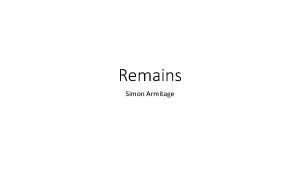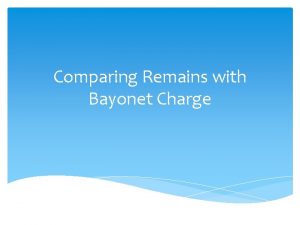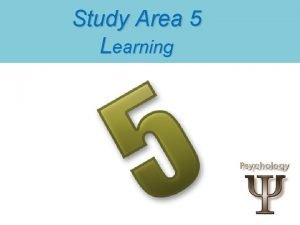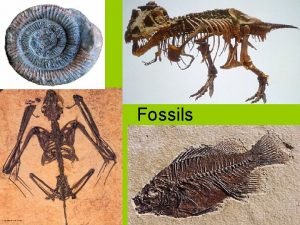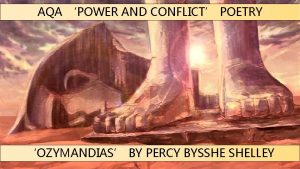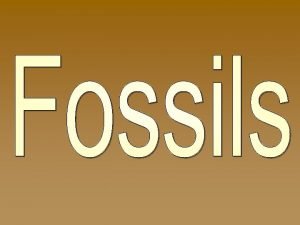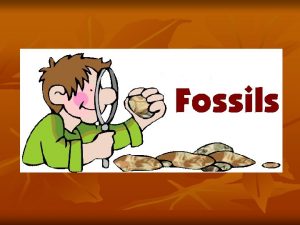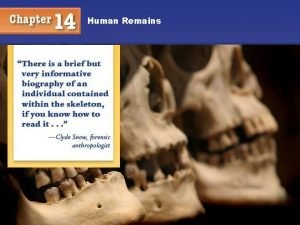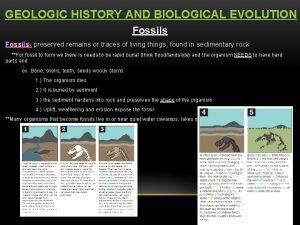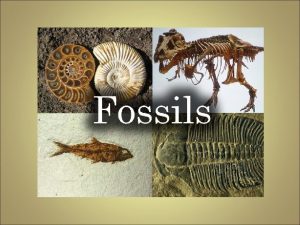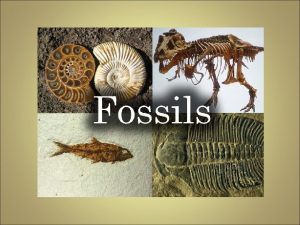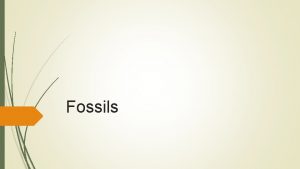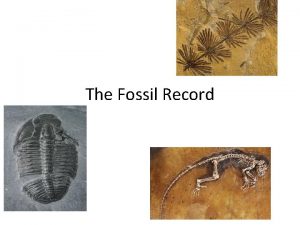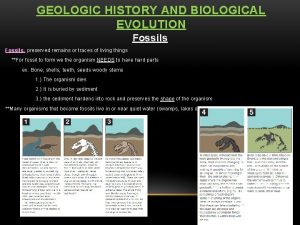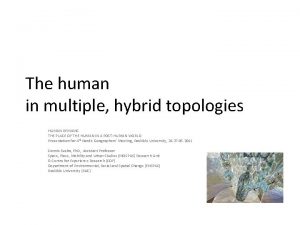An Introduction to Preserved Human Remains Preserved Human



















- Slides: 19

An Introduction to Preserved Human Remains

Preserved Human Remains • Preserved human remains have been found all over the world from various cultures. • These remains can be either preserved on purposes for cultural and religious reasons or by accident, through the right geological and climatic conditions.

Sangiran 17, a 1. 2 million-year-old skull discovered in 1969 in Sangiran, Indonesia. This adult male skull is the best preserved Homo erectus skull from Java.

Skull of Homo neanderthalensis Amud 1, discovered in 1961 in Amud, Israel. Its age is 45, 000 years old.

Lake Mungo Skeletons – Australia 25000 BC

Preserved Human Remains • Preserved human remains are not only discovered as full bodies such as those mummified by the ancient Egyptians, they are also discovered as: • Complete skeletons • Individual bones and body parts

The hand of "The Girl of the Uchter Moor“, 650 BC, Germany.

How are Human Remains Preserved? • Human remains are not easily preserved. Human tissue naturally deteriorates quickly. • The right climatic and / or geological conditions must be present for the preservation of human bodies.

Chinchorro Mummies – Peru 5000 BC

Otzi The Iceman – Italy 3300 BC

What do we learn from bodies? • Human remains provide very useful evidence when trying to reconstruct the lives of people in ancient societies. • We can learn physical characteristics of a human population such as age, appearance, diseases. • We can also learn about human lifestyle and behaviour from bodies, such as work patterns, religious and burial practices and medical practices.

Seqenenre Tao II - Egypt 1550 BC

Tollund Man – Denmark 200 BC

Windeby Girl – Denmark 100 AD?

Herculaneum Bodies – Italy 79 AD

Inca Mummies – Peru 400 AD

Qilakitsoq Inuit Mummies – Greenland 1475 AD

Review Questions 1. Name 5 famous bodies from this lesson, their age and the region they come from. 2. Why are human remains important sources of evidence about ancient societies? 3. How are human remains preserved?

Research ancient human remains and create a timeline of the most important ancient bodies from around the world, including their location and how they were preserved. Lake Mungo skeletons Koelbjerg Woman Florida Indian Burials Chinchorro mummies Tollund Man Ginger Seqenere Tao II Tutankhamun Ice Maiden Graubelle Man Prince Changshan & Princess Tou Wan Borre Fin Man Lindow Man The Iceman Windeby Girl(Boy) Herculaneum Skeletons Incan Mummies Peru Qilakitsoq Inuit mummies
 Chapter 14 human remains
Chapter 14 human remains Pain itself the image of agony analysis
Pain itself the image of agony analysis Remains simon armitage quotes
Remains simon armitage quotes Remains gcse poem
Remains gcse poem Remains connotations
Remains connotations Bayonet charge theme
Bayonet charge theme Dynamic character
Dynamic character Remains imprints or traces of once-living organisms
Remains imprints or traces of once-living organisms Dog bite pictures
Dog bite pictures How fossils are formed
How fossils are formed Original remains fossil
Original remains fossil Education is what remains
Education is what remains How does ozymandias link to power and conflict
How does ozymandias link to power and conflict Perserved fossils
Perserved fossils A thousand times i've failed
A thousand times i've failed Coal is a solid fossil fuel formed from plant remains
Coal is a solid fossil fuel formed from plant remains Diana finch
Diana finch Type of fossil
Type of fossil Guardsman tromans now
Guardsman tromans now Petrified remains
Petrified remains


